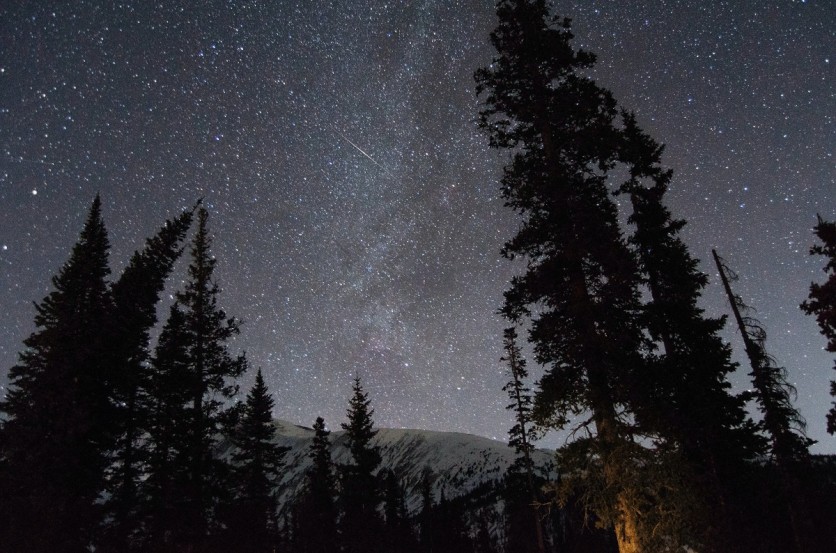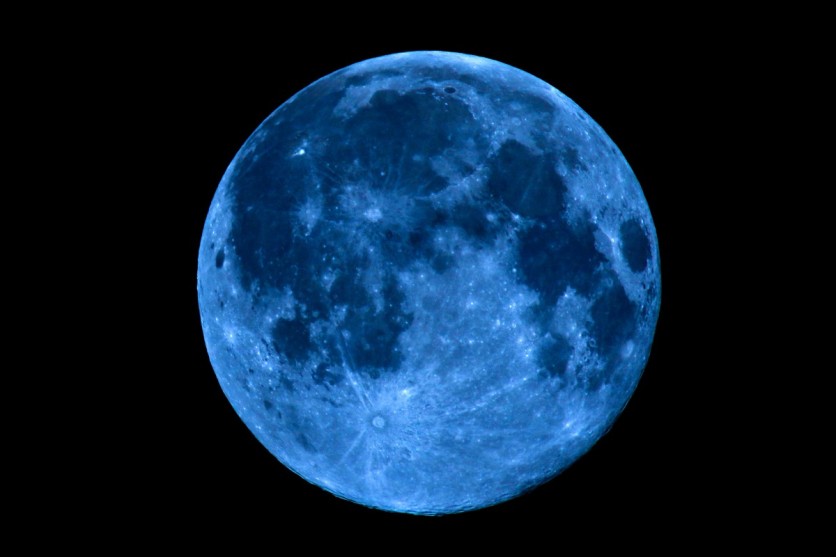NASA gives out some suggestions on how to enjoy the Orionids, which is deemed as one of the most beautiful meteor showers in 2020 and it will be visible in both the Northern and Southern hemispheres.
Hundreds of shooting stars will begin to light up the sky on October 2 and will continue to visit every night until November 7. However, the space agency said Orionids will peak on October 21.

NASA suggests the cosmic event is best viewed away the city lights. "Find an area well away from city or street lights," the space agency said in in a blog post. It also advised people to have a sleeping bag, blanket, or lawn chair to get the best experience.
"In less than 30 minutes in the dark, your eyes will adapt and you will begin to see meteors," NASA noted.
The space agency also advised stargazers to lie flat on their back with their feet facing southeast for those in the Northern Hemisphere or northeast for those in the Southern Hemisphere. "Look up, taking in as much of the sky as possible," said the American space agency adding that the show will last until dawn, so stargazers should carry a lot of patience while watching the meteor shower.

While the Orionids seems to come from the constellation Orion, it is not the source of the meteors. Spectators should not only on the radiant while waiting for the meteors. In fact, NASA said it is best look 45 to 90 degrees away from Orion to view the Orionids as they appear longer and more spectacular.
Meanwhile, Orionids got its name from the constellation of Orion, which creates a spectacular backdrop for this cosmic show.
Experts regard Orionids as one of the most beautiful showers in the year, which happens when Earth passes through debris left behind by its parent comet, the Comet Halley. As it finds its way to the inner solar system, the comet's rocky dust and nucleus sheds ice becomes Orionoid meteors that visit the Earth every October.
Astronomers note that meteors can travel as fast as 148,000 miles per hour, leaving gas trails in the sky that may last for a few seconds.
Halloween Blue Moon
Aside from a spectacular cosmic show, October will also have a rare Blue Moon, which will become visible on October 31, perfect for the Halloween.

No, the name is not about the color, but because it is the second full moon seen within a month as the first one came on October 1. This is rare event that happens only every 19 years, so the next one will appear in 2039. Moreover, this year's Blue Moon will be the first since World War II to be visible across all times zones in all parts of the world.
An EarthSky report shared that the term Blue Moon that means as the second full moon in a month comes from a Sky and Telescope magazine article in March 1946. James Hugh Pruett wrote the article entitled Once in a Blue Moon.
Pruett noted that seven times in 19 years, there were 13 full moons in a year, which means 11 months have one full moon while one month will have two. "This second in a month, so I interpret it, was called Blue Moon," Pruett said.
Read also:
This is owned by Tech Times
Written by CJ Robles
ⓒ 2025 TECHTIMES.com All rights reserved. Do not reproduce without permission.




